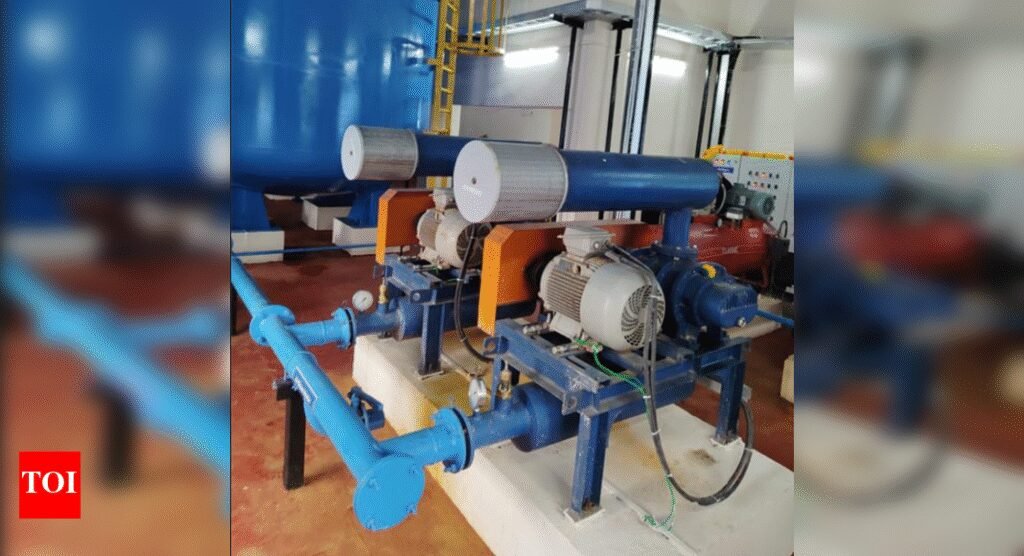Ponda: Villages of Collem and Mollem — part of the Sanvordem assembly constituency — have begun receiving treated water from a dedicated water treatment plant for the first time, six decades after the state’s Liberation. The supply started on Friday.The water treatment plant at Collem, costing over Rs 25 crore, has a capacity of 3 million litres per day (MLD) and was commissioned on Friday by fisheries minister Nilkanth Halarnkar, in the presence of Sanvordem MLA Ganesh Gaonkar.Over 2,500 households at Collem and Mollem villages in Dharbandora taluka are now getting treated water.Earlier, the water division of the PWD would pump raw water from the Khandepar river; from borewells at Bazarwada, Metawada, and one near the rural dispensary; and from an open well at Bazarwada.The present total consumption is 2.5MLD and the plant has been planned considering the next 30 years’ consumption, said Dinkar Malekar, an assistant engineer with the department of drinking water (DDW).Water was earlier being filtered by a mini-pressure sand filter which ran for around 14 hours daily to supply potable water to the villages.However, locals were unwilling to accept the water, as the river basin it came from is used by tourists to bathe.On Dec 17, 2021, the then PWD minister Deepak Pauskar laid the foundation stone for the water treatment plant project and the work started in Jan-Feb 2022.Gaonkar said the tender for the work on the plant was allotted to SMC Infrastructure from Thane, Maharashtra.Under the project, the contractor has constructed an overhead reservoir of 650 cubic metres (CuM) near Maruti Mandir, Gandhinagar at Collem, an 800 CuM clear water tank near Mallikeshwar temple at Metawada, and a 300 CuM ground-level reservoir (GLR) at Mollem.Malekar said a 7km-long ductile iron rising main pipeline pushes the water to the plant, and the 25km-long network comprises 90mm, 100mm, 110mm, and 150mm distribution lines.The treated water is then poured into the Collem overhead reservoir and ground-level reservoir at Mollem.“While Collem villagers will get water from the overhead reservoir, the water to Mollem consumers will have to be pumped and released via distribution lines as the ground-level reservoir is situated at a low level,” Malekar said.


